Apple arranged a third round of press previews for the Vision Pro earlier this week, this time with a focus on experiencing spatial videos captured by journalists on iOS 17.2. I particularly liked Raymond Wong’s story, who got emotional while reliving a memory with the Vision Pro:
In one spatial video, my mom and I were having dim sum at a restaurant and I was explaining to her what the Apple Vision Pro is and what it does. It was recorded last weekend so the memory was fresh in my mind. Rewatching the video inside of the Vision Pro, it was as if we were transported back to the restaurant, sitting across from each other over a table of dishes. I kept tilting my head a lot, almost in disbelief at how surreal it was to see my mom talking, laughing, and eating in spatial video. My mom was who got me interested in technology and I don’t think I would have a career writing about new consumer tech if not for her interest in it. To me, these convos are very precious to me, so to see them replayed with a sense of presence really tugged at my heartstrings. At one point, I fought back a few tiny tears if only because there were three Apple reps sitting next to me. Self-aware of EyeSight and the possibility that they might be able to see my tears, I asked if they could see my eyes on the Vision Pro’s outside display. I was told they couldn’t. Pre-release software, you know? I obviously couldn’t confirm that myself as the person wearing Vision Pro.
At a certain distance and window size, spatial videos can look life-sized. But even when I “pushed” the video window farther away (enabled by looking at the bar at the bottom of the window and then pulling it closer toward me), seeing my mom in 3D made me emotional. I even laid back on the sofa and placed the virtual video on the ceiling.
When I tried the Vision Pro in June, I almost got emotional “being” in someone else’s memory with the stock footage Apple had prepared for us. I can’t wait to see what it’ll be like to relive your own memories with the depth and sense of presence that Vision Pro enables. I know I’ll be capturing a lot of spatial videos with friends and family during the holidays.


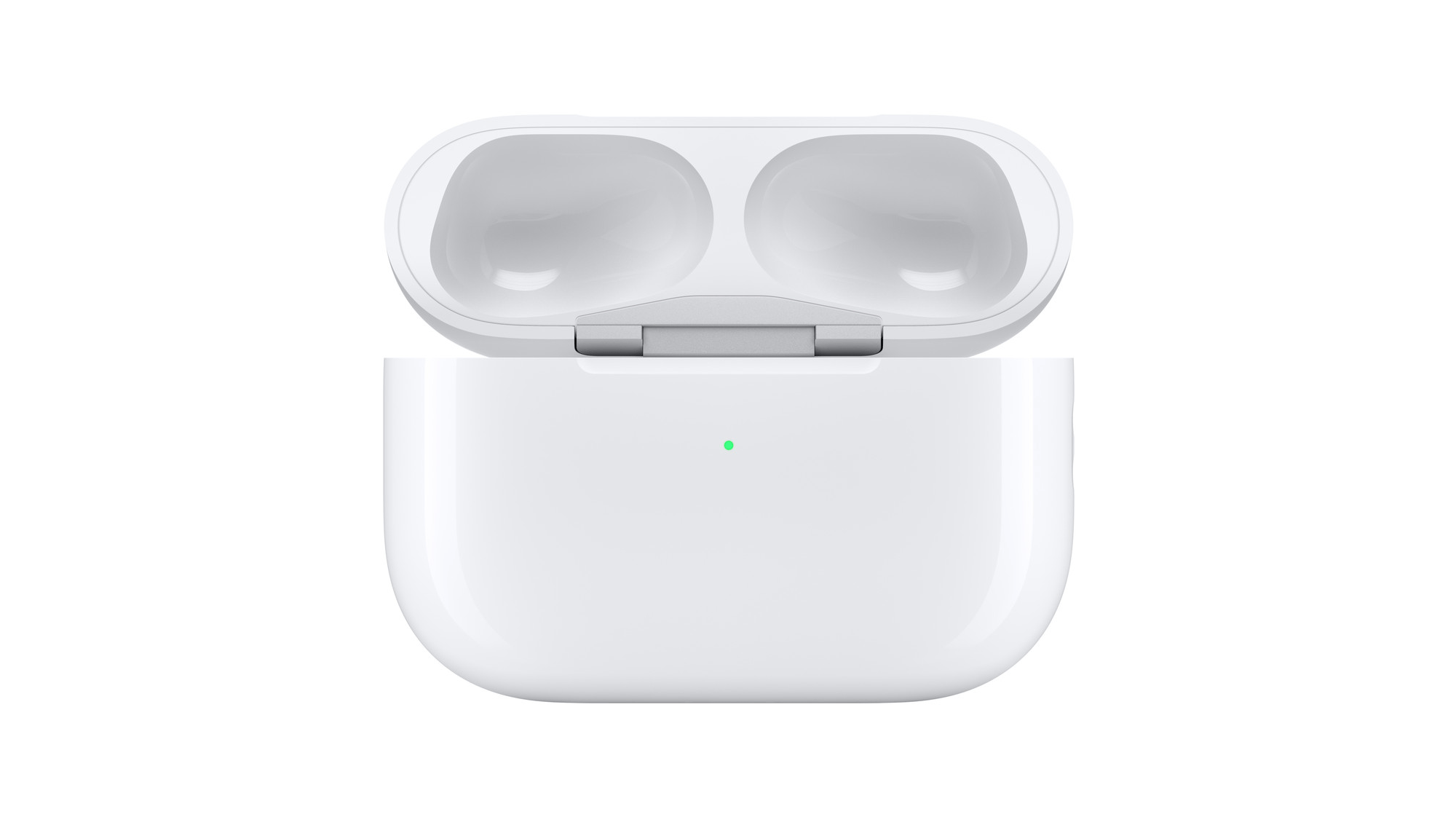
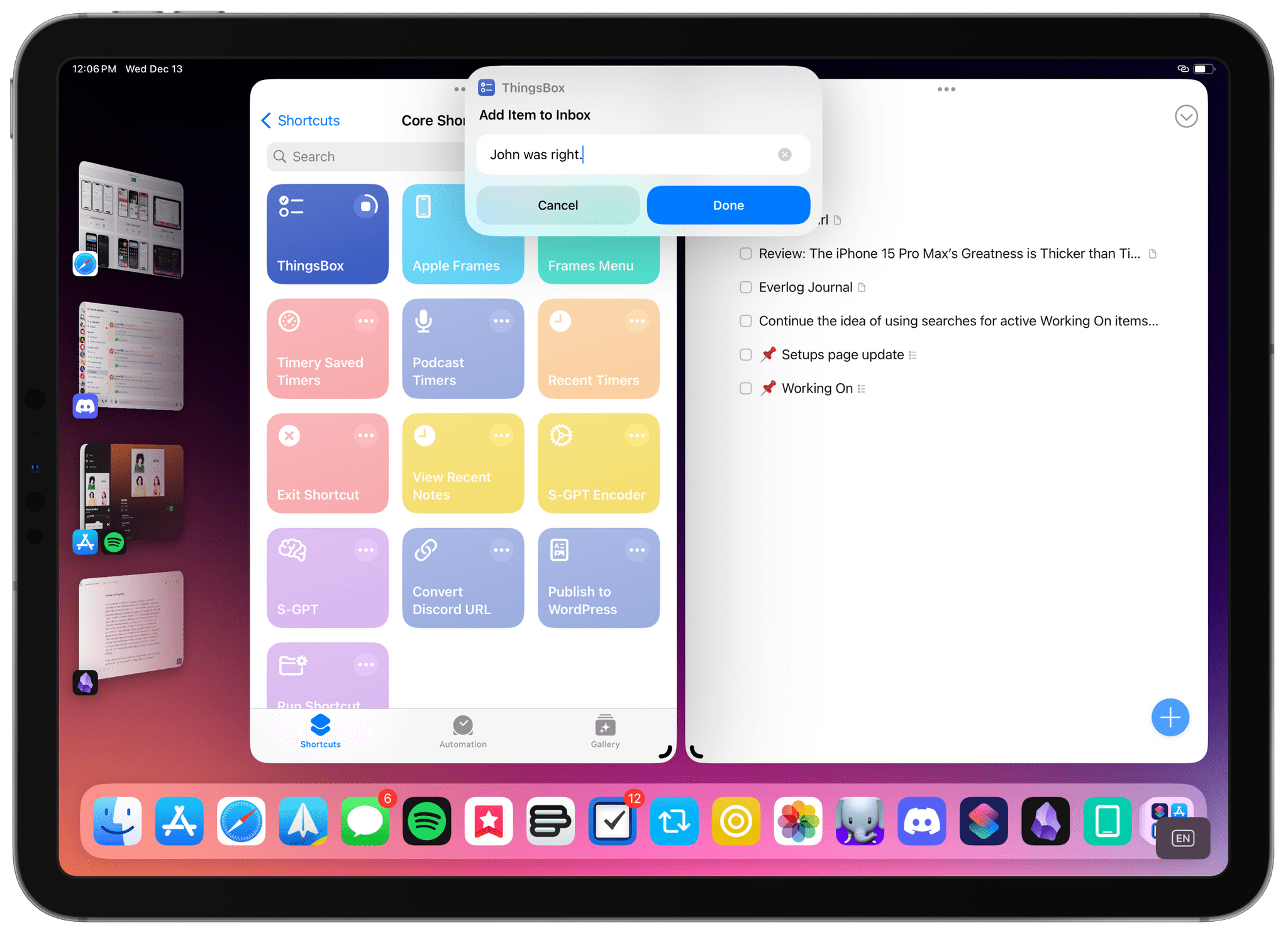
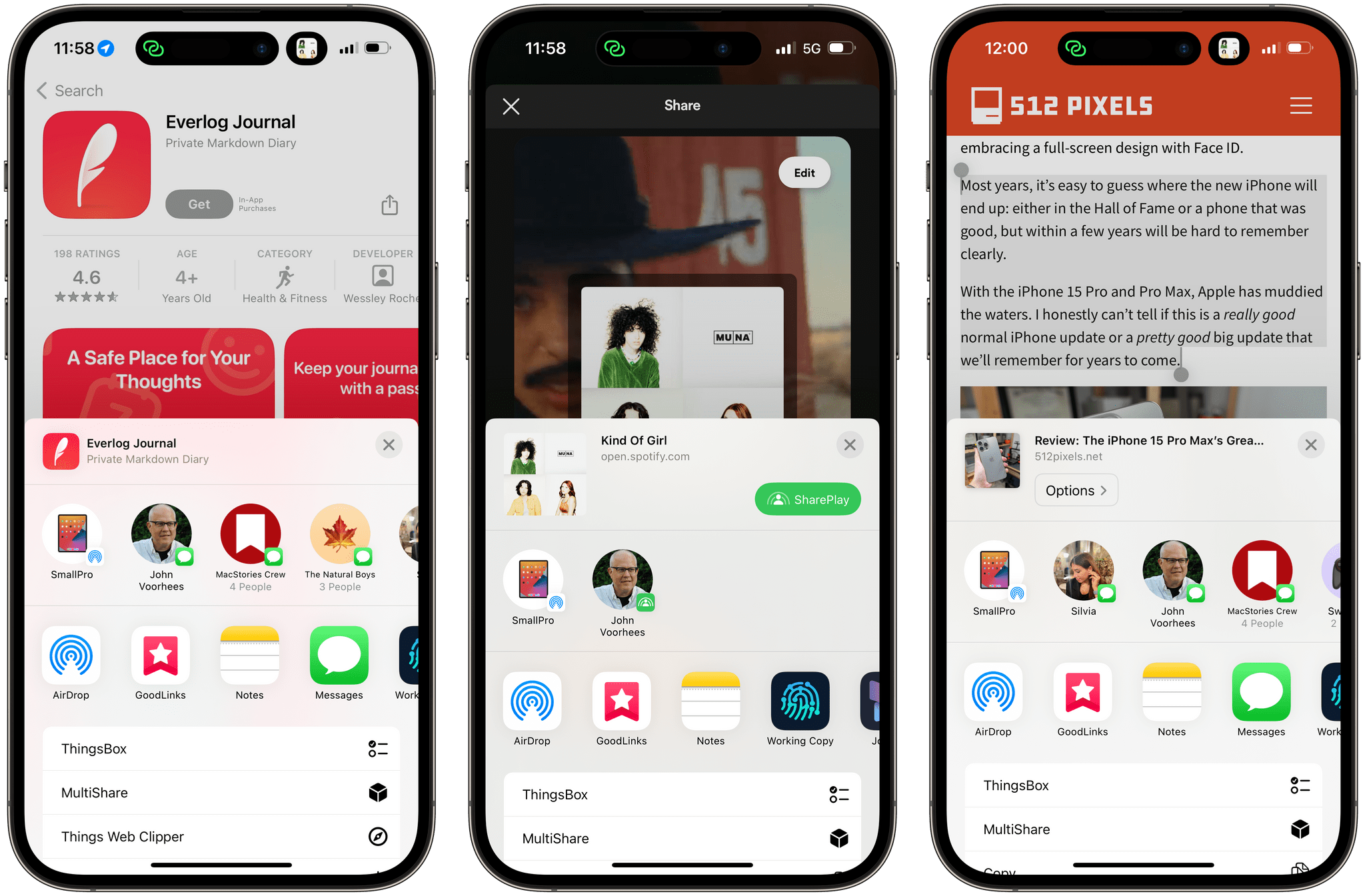
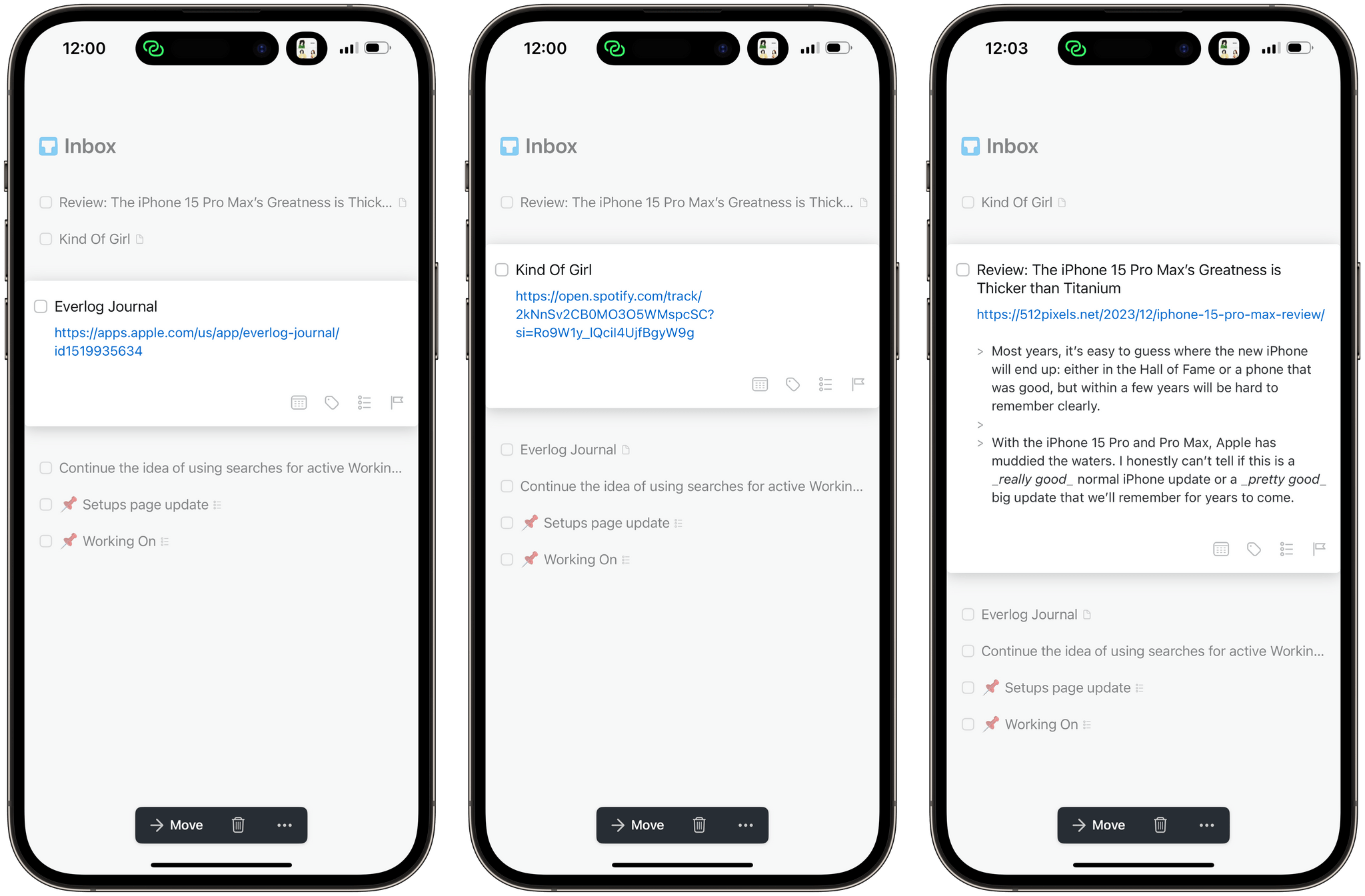






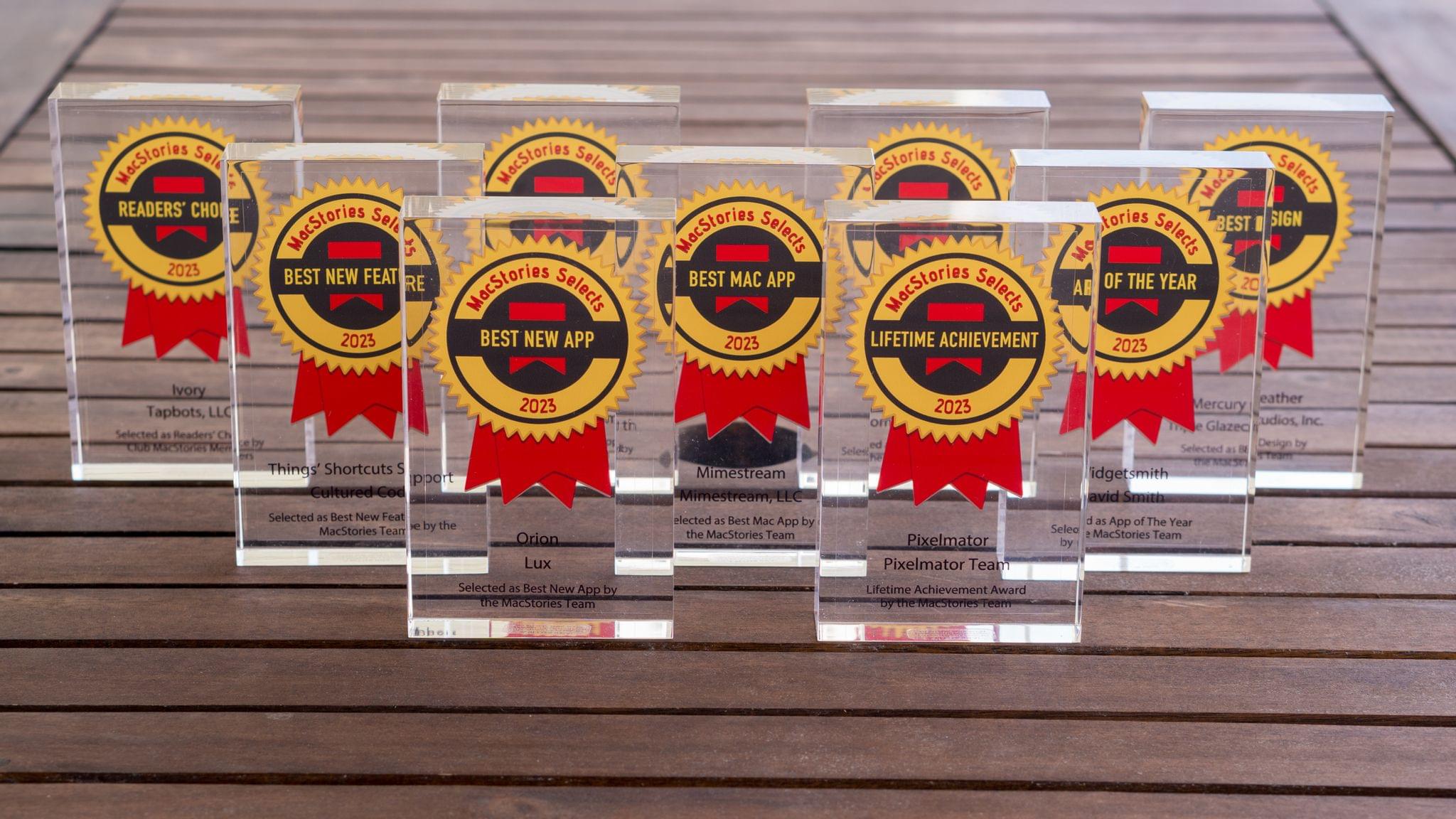
](https://cdn.macstories.net/banneras-1629219199428.png)